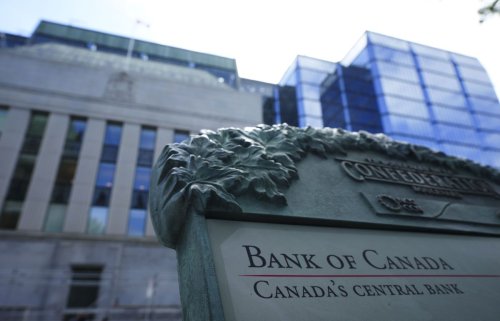As investors weigh how much further the Bank of Canada will tighten, the level of underlying inflation is likely to be a better signpost than the central bank's much scrutinized estimate of the neutral interest rate, economists say.
Canada's central bank last week raised its benchmark interest rate to 3.25% - a 14-year high and the highest policy rate among central banks overseeing the 10 most traded currencies.
It left the policy rate above the 2%-3% range that the central bank estimates to be a neutral setting, or the level at which monetary policy is neither stimulating nor weighing on the economy.
A move above the neutral rate had been seen by the BoC and investors as a destination of sorts for interest rates. But economists say that the level for neutral could be underestimated in the short term.
"Pinpointing the neutral rate in this environment is like trying to hit a moving target while blindfolded," said Royce Mendes, head of macro strategy at Desjardins.
"Realistically, the only way the central bank will know when rates are in restrictive territory is after the fact when the economy shows more signs of stress."
The BoC defines the neutral rate as the real neutral rate plus 2 percentage points for inflation. The trouble is that inflation no longer runs anywhere near 2%, and not just in Canada.
Some Federal Reserve officials have already said that the U.S. neutral rate could be higher than estimated in the current environment. On Wednesday, U.S. consumer price data undercut investor hopes of an easing in price pressures.
Meanwhile, the Bank of Canada has acknowledged the neutral concept's shortcomings.
"There isn't a sort of magic formula that gives us a neutral rate," Senior Deputy Governor Carolyn Rogers said last Thursday. "A lot of it is sort of state dependent or depends on the environment we're in."










